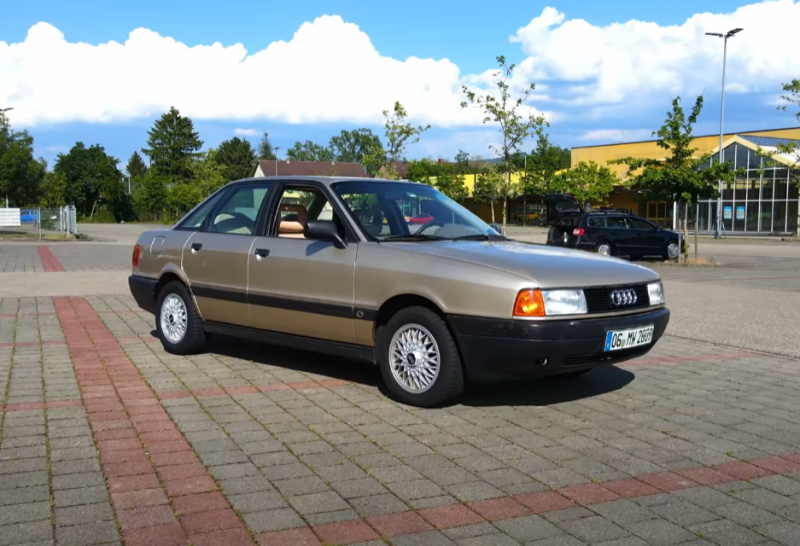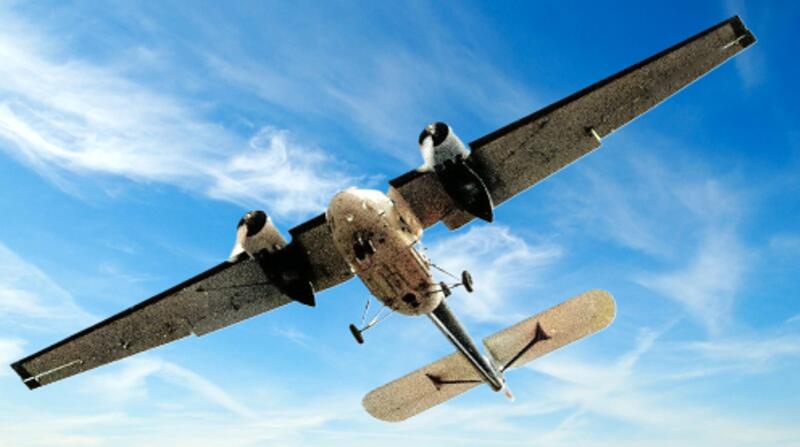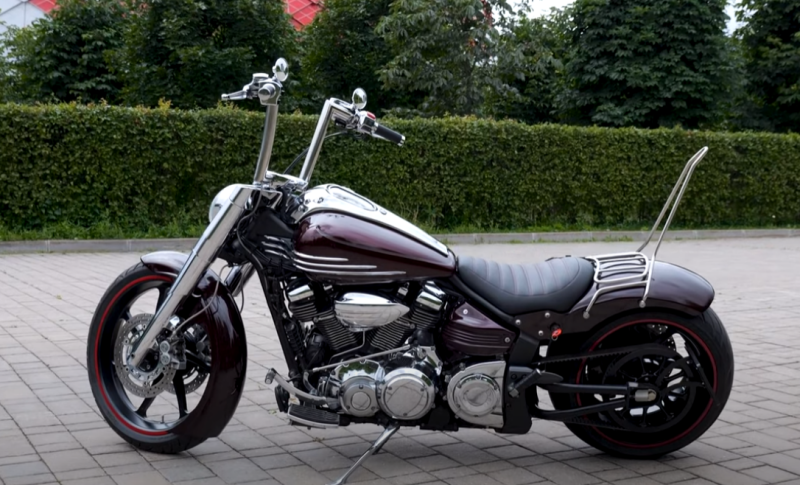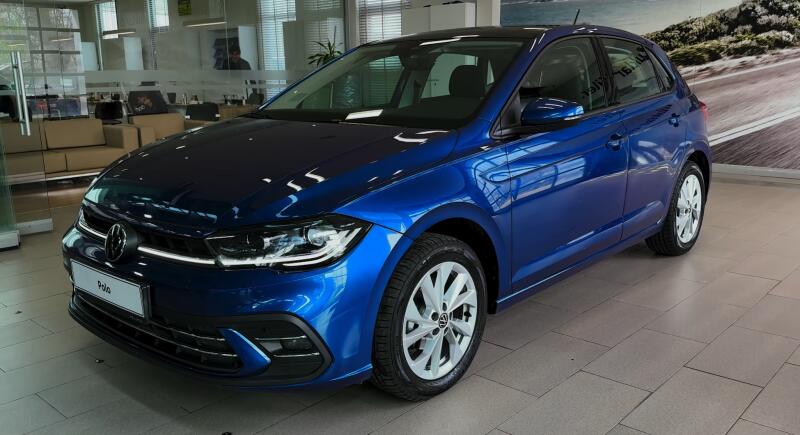New owner of The Beast
Jameson turned to John Dodd, who was in charge of an automatic transmission repair shop. An experienced transmission worker caught fire with the idea and things went well. Dodd from the GM TH400 automatic transmission built just the right thing.
 The chassis is ready: it remains to make the body. Photo: YouTube.com
The chassis is ready: it remains to make the body. Photo: YouTube.comHe strengthened the box, changed its gear ratios, taking into account the low speed of the unit (idle was 120 rpm.). In the process of developing the transmission, the owner of the car, Jameson, lost interest in his brainchild and sold it to Dodd.
 Entrepreneur and inventor Dodd at his invention. Photo: YouTube.com
Entrepreneur and inventor Dodd at his invention. Photo: YouTube.comThe latter, without thinking twice, gave the car the nickname The Beast, which means "The Beast".
First option
There is a chassis, a transmission too, but there was no body. It was made from fiberglass. The result was something reminiscent of the popular Ford Capri at the time. Dodd stuck a Rolls-Royce grille onto the radiator, which subsequently brought him a lot of funny problems, but more on that later.
 On the first version of the car - a radiator grille from Rolls-Royce. Photo: YouTube.com
On the first version of the car - a radiator grille from Rolls-Royce. Photo: YouTube.comUnfortunately, the finished car burned down during a fire in the garage. But its new owner, not particularly upset (only the body suffered), turned to specialists, and a new car was built for him. Now it's a coupe. But the surviving ill-fated radiator grille was put back in place by the designer!
Rolls-Royce offended
John loved to “walk” his “Beast” on the German autobahns in the morning, shocking respectable burghers hurrying to work. I must say, Dodd was distinguished by a cheerful disposition and once, effortlessly "made" the owner of a Porsche, moving at a speed of 230 km / h.
 Six exhaust pipes (real!) - cool today. Photo: YouTube.com
Six exhaust pipes (real!) - cool today. Photo: YouTube.comThe stunned German officially turned to Rolls-Royce to find out everything about their "new model". Representatives of the company were extremely upset: some madman on a rocket with wheels would discredit their company.
Other drivers also wrote letters to Rolls-Royce. And the police even officially appealed to the owners of the car of this company not to drive too fast. There were no speed limits on the autobahns, but driving on the highway when the speedometer crossed the "300" was considered an anti-social act. The result was a trial, after which Dodd had to part with the branded radiator grille, and along the way with a 5 thousand pounds fine.
More about speed
After the trial, John carried out a "restyling" and updated the front of the car, on which he continued to ride on the autobahns, giving rise to legends about his monster.
 I had to develop my own grille design. Photo: YouTube.com
I had to develop my own grille design. Photo: YouTube.comFans of high-speed driving morally had a hard time when their "Lamborghini", "Ferrari", "Porsche", traditionally dominating in the left lane, went around with a roar, "like standing" some kind of yellow "barn". If you calculate the maximum speed theoretically, according to the parameters of the engine, gear ratios of the box, it should be more than 430 km / h. But this is without aerodynamics and other factors not taken into account. In reality, Dodd still accelerated to 300 km / h, and more than once.
Design
This is a V-shaped unit with twelve cylinders, each of which has a pair of candles and four valves. In the cylinder head - two camshafts, with a maximum power of 850 (according to other sources 1000) l. With. the unit reached 2500 rpm. The automatic transmission lubrication system was made “wet”. As for fuel consumption, almost a liter of 95th gasoline per kilometer Beast bursts. Accordingly, the tank of the car is capacious - 120 liters. Indeed: a beast, not a machine!
 The same engine from a British fighter. Photo: YouTube.com
The same engine from a British fighter. Photo: YouTube.comThe length of only one hood was three meters! It's about the size of an Oka. How Dodd parked in the city is not clear at all, especially considering that the monster did not have power steering.
 The engine was placed under a three-meter hood. Photo: YouTube.com
The engine was placed under a three-meter hood. Photo: YouTube.comIn the cabin, the front panel with many toggle switches is of interest. This is for starting an aircraft engine, which takes longer to start than an automobile internal combustion engine.
 The engine was controlled by separate buttons. Photo: YouTube.com
The engine was controlled by separate buttons. Photo: YouTube.comInstead of a "boring" ignition key or "Start" button, there are separate toggle switches for power supply, activation of fuel pumps, a generator and other units - everything is like in an airplane. There are separate switches for the radiator fan and other devices.
Afterword
The Beast owner himself, who literally put his soul into the Beast, recently died at the age of 80. However, his four-wheeled creation feels great and the car that makes the sound of a fighter can still be found on the roads (according to some sources, the “super car” is now in Spain), although it is driven by the designer’s son, Paul Dodd.
 The squat The Beast no longer looks so formidable against the background of modern cars. Photo: YouTube.com
The squat The Beast no longer looks so formidable against the background of modern cars. Photo: YouTube.comBut what about automakers? After all, Beast is essentially a homemade product. There were also attempts to use an aircraft engine for the production of mass-produced machines, and one of them should be discussed separately.
Tucker Torpedo
"The car of the future - today!". This was the motto of the owner of a small car company, Preston Tucker, an American engineer. After the war in 1945, a "stagnation" formed in the global automotive market: large manufacturers could only offer boring models of the 30s. So smaller and more mobile firms ready to restructure have a chance.
 The design of the Tucker Torpedo and its technical equipment were ahead of their time. Photo: YouTube.com
The design of the Tucker Torpedo and its technical equipment were ahead of their time. Photo: YouTube.comThe car created by Tucker was primarily striking in its design: everything that moved along the roads next to it resembled a horse-drawn gig against the background of a modern car. But it was not only about the cool design: the engineer for the first time proposed new safety features, for the absence of which the American auto industry was scolded by everyone and sundry. Namely:
✅ disc brakes
✅ glass that shatters into harmless shards
✅ improved visibility due to a change in body structure
✅ periscope (prototype of rear view camera)
✅ photocells that automatically turn on the headlights when it gets dark
✅ indication of instrument readings on the windshield (!)
✅ power frame of the body, which increases the chances of passengers to survive in a collision
✅ seat belts
By the way, the latter were removed before the release of mass-produced cars so as not to ... scare away customers. But still: with such options, the car looked like an alien from the future.
Technical specifications
The body in terms of aerodynamics was quite perfect. The engine is boxer (the pistons “walk” towards each other), six-cylinder, from a Bell helicopter with a volume of 9,65 liters. "Hundred" the car gained in 10 seconds, and the maximum speed was 190 km / h. The length of the car reached 5,56 m. The cost was also rather big for those times - $ 2450. Tucker planned to produce 300 thousand pieces of equipment per year.
Crash
The largest automakers in the United States drew attention to the innovative car, which could not allow an unknown loner to break into the car market. In addition, he violated all his laws by releasing a fundamentally new car at once, and not gradually offering more and more advanced models in order to extort maximum money from buyers.
 Inside, the car looked modest and was not designed for the richest buyer, which ruined it. Photo: YouTube.com
Inside, the car looked modest and was not designed for the richest buyer, which ruined it. Photo: YouTube.comIn the end, Tucker managed to produce 51 cars, only a few remained “alive” and are highly valued by collectors. The designer himself died of cancer, and at his company, which had gone to the state for debts, they began to make engines for bombers: the war in Korea began.
Results
The idea of using aircraft engines in the automotive industry haunts inventors, both large and small, to this day. True, these are no longer "purely" aircraft engines, but gas turbine units specially designed for cars. This idea is also not widely accepted. However, attempts to connect the car and aircraft in any way continue and we can say: today such projects are on the rise in the form of quadrocopters, "air taxis", "city planes", VTOL, etc.










